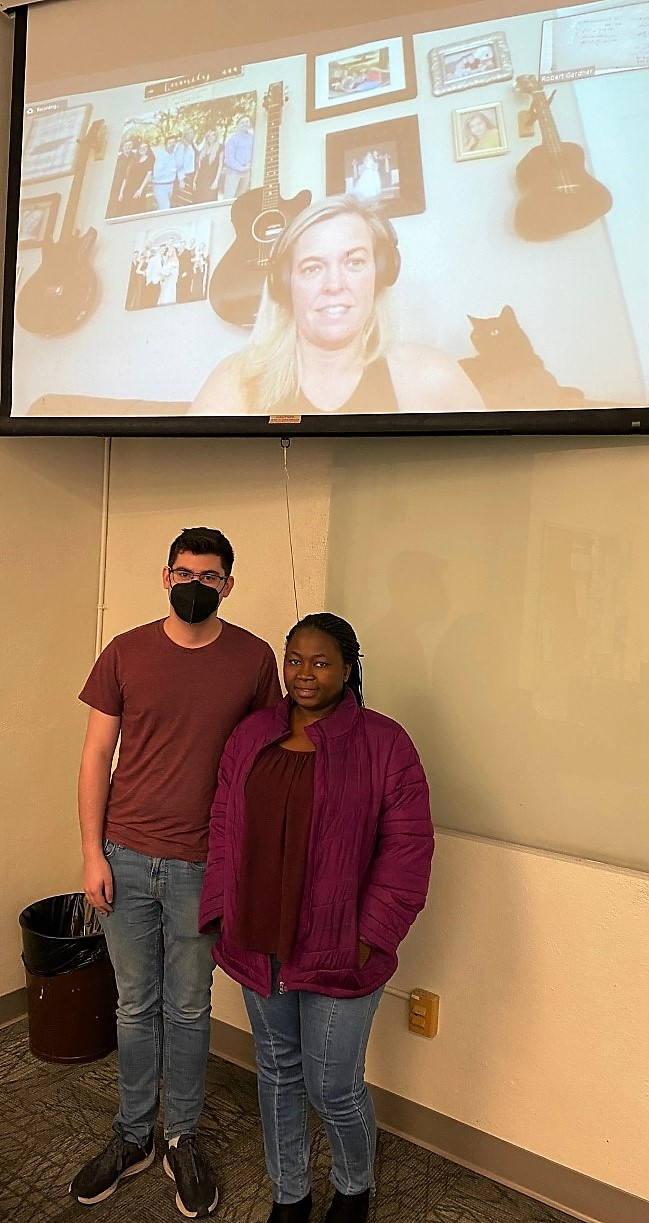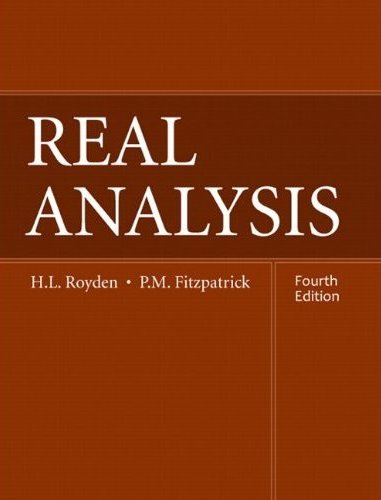 Henri Lebesgue, 1875-1941 |
 Stefan Banach, 1892-1945 |
 David Hilbert, 1862-1943 |
 Henri Lebesgue, 1875-1941 |
 Stefan Banach, 1892-1945 |
 David Hilbert, 1862-1943 |

COURSE NUMBER: MATH 5220
TIME: 2:55-4:15 TR; PLACE: Gilbreath Hall 205 CALL# 14032
INSTRUCTOR: Robert "Dr. Bob" Gardner; OFFICE: Room 308F of Gilbreath Hall
OFFICE HOURS: By appointment; PHONE: 439-6979 (Math Office 439-4349)
OFFICE HOURS: TBA, PHONE: 439-6979 (Math Office 439-4349)
E-MAIL: gardnerr@etsu.edu
WEBPAGE: http://faculty.etsu.edu/gardnerr/gardner.htm
TEXT: Real Analysis, Fourth Edition, by H.L. Royden and P.M. Fitzpatrick, Prentice Hall (2010).

CLASS NOTES: We will use projected digital notes for the component of the lecture consisting of definitions, statements of theorems, and some examples. Proofs of the vast majority of theorems, propositions, lemmas, and corollaries are available and in Beamer presentations and will be presented in class as time permits. The white board will be used for marginal notes and additional examples and explanation. Copies of the notes are online at:
ABOUT THE COURSE: We will build on the results of Real Analysis 1. We will cover, to some extent, Banach spaces and Hilbert spaces, though these are topics more appropriately covered in a functional analysis class. We will cover metric space and topological spaces. This means that we will not have time for some traditional topics, such as general measure and integration, signed measures, product measures, and the Fubini-Tonelli results. The fourth edition of Real Analysis states on page x that "The general theory of measure and integration was born in the early twentieth century. It is now an indispensable ingredient in remarkably diverse areas of mathematics, including probability theory, partial differential equation, functional analysis, harmonic analysis, and dynamical systems. Indeed, it has become a unifying concept."
GRADING: Homework will be assigned on a regular basis (weekly) and your grade on the homework will determine your grade for the course (so there are no tests!). Grades will be assigned based on a 10 point scale with "plus" and "minus" grades being assigned as appropriate (which means, based on how the university assigns grade points, 3 point intervals for plus and minus grades - for example, an A- corresponds to percentage grades of 90, 91, and 92). Remember that the lowest passing grade in a graduate course is a C, so you need an average of 73% on all assignments in order to pass this class.
A NOTE ABOUT HOMEWORK: While I suspect that you may work with each other on the homework problems (in fact, I encourage you to), I expect that the work you turn in is your own and that you understand it. Several of the homework problems are fairly standard for this class, and you may find proofs online. However, the online proofs may not be done with the notation, definitions, and specific methods which we are developing and, therefore, are not acceptable for this class. Your homework grade will also reflect how clearly you write up your solution and document your claims.
ACADEMIC MISCONDUCT: While I suspect that you may work with each other on the homework problems, I expect that the work you turn in is your own and that you understand it. Some of the homework problems are fairly standard for this class, and you may find proofs online or in an online version of the solutions manual. The online proofs may not be done with the notation, definitions, and specific methods which we are developing and, therefore, are not acceptable for this class. If I get homework from two (or more) of you that is virtually identical, then neither of you will get any credit. If you copy homework solutions from an online source, then you will get no credit. These are examples of plagiarism and I will have to act on this as spelled out on ETSU's "Academic Integrity @ ETSU" webpage (last accessed 1/7/2023). To avoid this, do not copy homework and turn it in as your own!!! Even if you collaborate with someone, if you write the homework problems out in such a way that you understand all of the little steps and details, then it will be unique and your own work. If your homework is identical to one of your classmates, with the exception of using different symbols/variables and changing "hence" to "therefore," then we have a problem! If you copy a solution from a solution manual or from a website, then we have a problem! I will not hesitate to charge you with academic misconduct under these conditions.
SYLLABUS ATTACHMENT: You can find an on-line version of the university's syllabus attachment (which contains general information concerning advisement, honor codes, dropping, etc.; last accessed 1/7/2023).
TENTATIVE OUTLINE:
6.6. Convex Functions and Jensen's Inequality.
Chapter 7: The Lp Spaces: Completeness and Approximation.
Lp spaces, Minkowski and Holder Inequalities, convergence and
completeness, Banach spaces, Riesz-Fischer Theorem, approximation, and separability.
Chapter 8: The Lp Spaces: Duality and Weak Convergence.
Bounded linear functionals, Riesz Representation Theorem, dual spaces, weak convergence.
Hilbert Spaces.
Hamel and Schauder bases, inner product spaces, completeness, projections, Hilbert spaces Isomorphisms, the Fundamental Theorem of Infinite Dimensional Vector Spaces.
Chapters 9 and 10: Metric Spaces.
Open sets, sequences, continuity, complete metric spaces, compact metric spaces, separable metric spaces, Arzela-Ascoli Theorem, Baire Category Theorem, Contraction Principle.
Chapters 11 and 12: Topological Spaces.
Open sets, bases, subbases, separation properties, continuity, compact tological spaces, connected topological spaces, fundamental theorems.
COVID-19 AND THIS CLASS:
I will likely wear a mask during class. This may result in somewhat muffled lectures, but all classnotes are online and the lectures will closely adhere to the notes. Since this is a small class, then students are encouraged to socially distance by sitting at least 6 feet apart.
Remember, students are "strongly encouraged to get a vaccine."
Vaccinations are the best way to avoid spreading COVID-19.
PLANS TO DEAL WITH POTENTIAL EXPOSURE/ILLNESS: I will set up a meeting through Zoom for each class and (if all of the technology works) I will record each class. If you are not feeling well, then do not come to class! If you fear that you have been exposed and are concerned that you might be infected, then do not come to class! If you have tested positive for COVID then definitely do not come on campus for the suggested period of time! You can attend the Zoom meeting and ask questions during class (the classroom is wired for sound, so I will be able to hear you). I will follow this plan myself. If I am not feeling well or suspect that I have been exposure to COVID, then I will replace the on-ground class with the Zoom meeting which I will run from home (assuming that I am feeling well enough to lecture online).
IMPORTANT DATES: (see the official ETSU calendar for more details; accessed 1/9/2023):
| |
|
|||
| |
||||
| |
||||
| |
||||
| |
||||
| |
||||
| |
||||
| |
||||
| |
||||
| |
||||
| |
||||
| |
||||
| |
||||
Return to Bob Gardner's home page
Last updated: April 15, 2023.